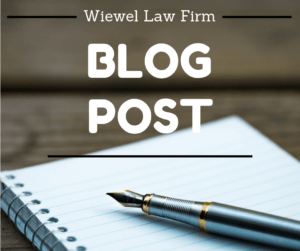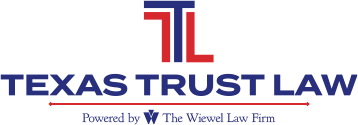
Keeping The Family Farm In The Family
Most American farms or ranches are family businesses, started by one generation with the hope that the business will be transferred to the next generation. Keeping the family farm in the family matters. However, surveys show that only 20% of farm and ranch owners are confident they have a good plan in place for the transition, reports High Plains Journal in the article “Don’t wait to secure the future of your farm or ranch.” A common reason is that owners just aren’t ready, or they don’t have the time, or the right advice. They could also be put off by the complexity of the process.
Transition planning is possible. There are solutions for every farm, ranch or business, whether the goal is to ensure that your legacy continues, minimize taxes or provide for heirs who are and who are not involved with the business.
Understand that the process can take at least a year. A good estate planning attorney who is familiar with family businesses like yours will be an important help. The process will include both estate and succession planning. Here are some basic steps to help:
Reaching consensus. You’ll need to have discussions to clarify what the senior generation wants, and what their heirs want. Discuss how management and task-focused work is currently divided and who is going to step to up take what tasks.
Keeping the family farm in the family requires developing a plan. How will the operation go forward, and how will assets be distributed? What kind of coaching will be needed to ensure that the next generation has the tools and knowledge to succeed?
Estate planning is the paper and financial part of the process that will provide ways for the operation to mitigate estate taxes and prepare for wealth and asset management.
The succession plan involves the “people” side of the business, including developing vital business management and leadership skills, passing down the values of the founding owners and providing clarity for the family throughout this process.
Implementing the plan. This will be different for every scenario, but might include:
- Splitting the operation into two entities: one that will operate ranch operations, another that will own the land.
- Stipulating the owners with two types of ownership: voting and non-voting.
- Voting ownership—deciding if it is to be retained individually or controlled by a trust.
- Should non-voting ownership be transferred to trusts to reduce estate taxes?
- Transfer strategies must be evaluated: gift, sale or stock options.
Here’s the most important concept: start now. Waiting to talk with an estate planning attorney could leave heirs in a situation where they can’t continue the family legacy. A failure to plan could mean they are forced to sell the land that’s been in the family for generations. If you would like to learn more about succession planning, please visit our previous posts.
Reference: High Plains Journal (Aug. 14, 2020) “Don’t wait to secure the future of your farm or ranch”




